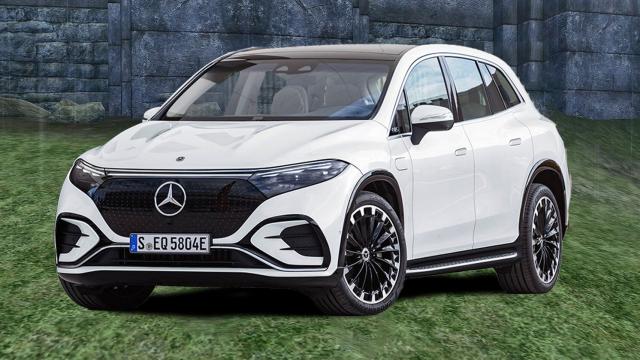For a few years now some car companies have been experimenting with an idea ripped straight out of video games. Someone, somewhere figured that hey, if people are willing to pay for a game then spend more money inside the game they already bought then they might do the same for cars — a far more expensive and lucrative business — as well.
BMW, for example, offers a subscription service where for $US18 ($25) a month you can get heated seats, or pay to unlock adaptive cruise control. Tesla has a pricey ($US99 ($137)-$US199 ($276) a month!) subscription service for its self-driving software in some cars, and Volkswagen, Toyota and GM have all trialled similar subscription-based unlocks or features as well.
Making headlines this week, though, is an example that’s the most outrageous since Tesla used to lock battery range behind a paywall. Mercedes has announced a digital purchase for its all-electric vehicles called an “Acceleration Increase”, which costs $US1200 ($1,666) a year and when bought “can improve an EQ vehicle’s acceleration by 0.8 to 1.0 seconds.”
While cars have always featured expensive add-ons — it’s a pillar of the whole business model — those have previously been tangible purchases. If you paid for bigger wheels you got bigger wheels. Parting with a few extra thousand for leather seats got you fancy leather seats.
What’s happening with these car subscription services, though, is far more ominous. You’re not really getting anything. Instead, thanks to advances in the operating systems and communications found in modern cars, what you’re buying is a vehicle with certain features limited or locked off, which can then be then enabled remotely.
It’s the same argument video games went through over a decade ago — and which we have collectively just shrugged and moved on from — when people found out the DLC they were buying was already on the disc they bought. It’s the same story here; the motors in these Mercedes vehicles could always go that fast, and locking certain elements of their performance away behind a digital paywall is taking the absolute piss.
One common factor among all the very worst of these examples is that they’re limited to expensive, luxury vehicles, targeting rich people who probably don’t give a shit about spending (what’s for them) a few extra bucks a month when they’ve dropped $US100,000+ ($138,820)+ on a car. The danger, of course, is that if those rich people start buying this stuff and it becomes a successful business model, then it won’t be too long before we start seeing it in a Toyota Corolla and…oh. Great.

Leave a Reply